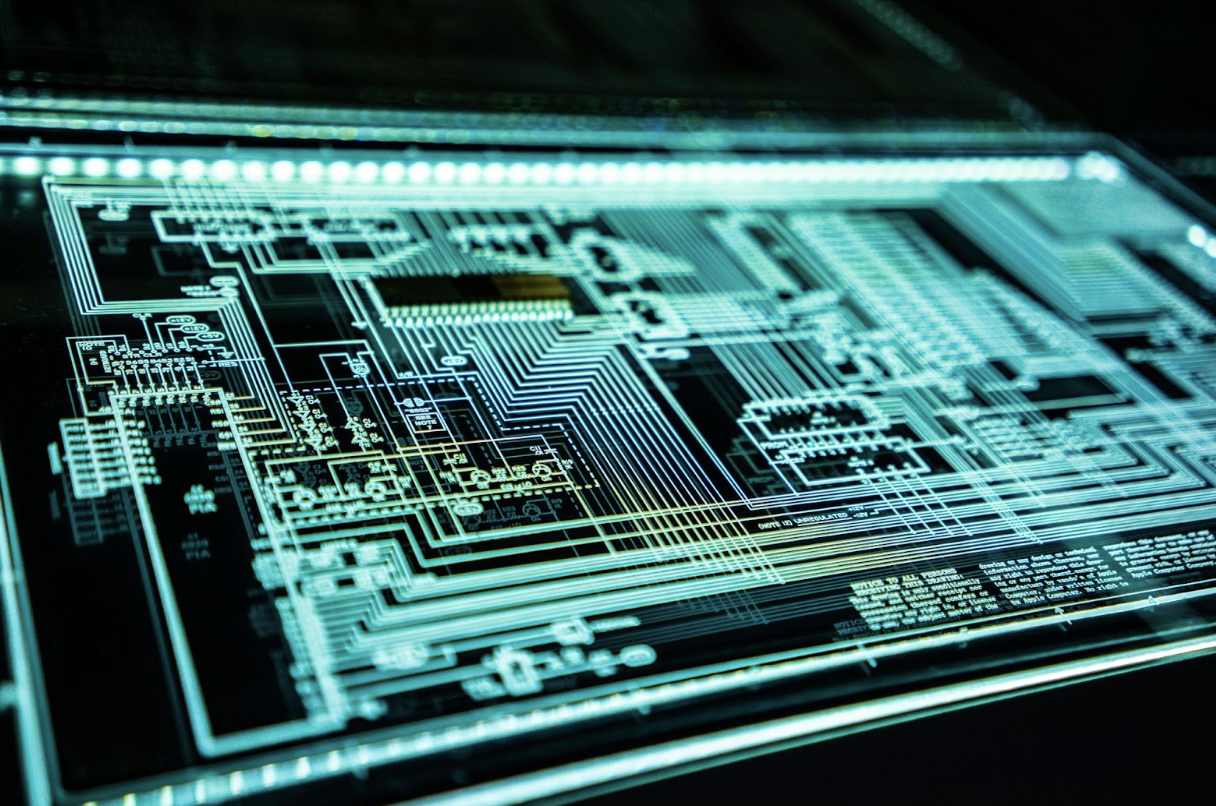
Why Corporate Cybersecurity Is Now Central to a Businesses Security Strategy
The rise of corporate cybersecurity threats—from ransomware attacks to sophisticated espionage—has made it clear that digital security and physical security are deeply intertwined.
Companies face increasingly complex risks where a breach in one area can lead to vulnerabilities across the entire organisation. This convergence means that a modern security strategy must treat cybersecurity as a core component, integrated seamlessly with traditional protective measures.
The Evolving Threat Landscape
Cyber attacks have grown in both frequency and sophistication. According to the UK’s National Cyber Security Centre (NCSC), ransomware incidents have surged, targeting businesses of all sizes and sectors. In many cases, attackers use cyber vulnerabilities as a pathway to physical security threats—for example, hacking building management systems to disable alarms or gain unauthorised access.
Similarly, insider threats pose a dual risk, where employees or contractors might exploit both digital access and physical proximity to cause harm or steal information.
The consequences of ignoring this convergence can be severe: financial losses, reputational damage, operational disruption, and legal liabilities.
Integrating Cyber and Physical Security
A holistic security approach begins with understanding how cyber and physical risks intersect. For instance, access control systems, CCTV networks, and even security communications rely heavily on IT infrastructure, making them potential targets. Effective strategies involve:
- Collaborative risk assessments that include IT and security teams working together
- Investing in technologies that monitor both cyber activity and physical access in real time
- Employee training programmes that raise awareness of combined cyber-physical threats
- Incident response plans that consider scenarios involving both digital and physical breaches
For example, a cyber attack on a company’s network might be accompanied by attempts to physically infiltrate premises to steal hardware or sensitive documents. Integrated monitoring allows for faster detection and coordinated responses.
The Role of Intelligence and Proactive Measures
Staying ahead of evolving threats requires more than reactive measures. Organisations increasingly rely on threat intelligence—monitoring external cybercriminal activity, geopolitical developments, and emerging vulnerabilities—to anticipate risks before they materialise.
This proactive posture enables security teams to adapt policies, patch systems, and adjust physical security protocols in response to current intelligence.
A Culture of Security Across the Organisation
Ultimately, bridging the gap between cyber and physical security demands a culture of collaboration and shared responsibility. Boardrooms are recognising that security is no longer siloed but a unified domain affecting all facets of business operations.
Building this culture involves clear communication between departments, regular training, and leadership support to prioritise integrated security.
Cybersecurity is not just an IT issue; it’s a critical pillar of comprehensive corporate security. Businesses that fail to acknowledge this risk convergence may find themselves vulnerable in unexpected ways. Developing and maintaining an integrated security strategy that addresses both digital and physical threats is essential for protecting people, assets, and data in the modern landscape.
